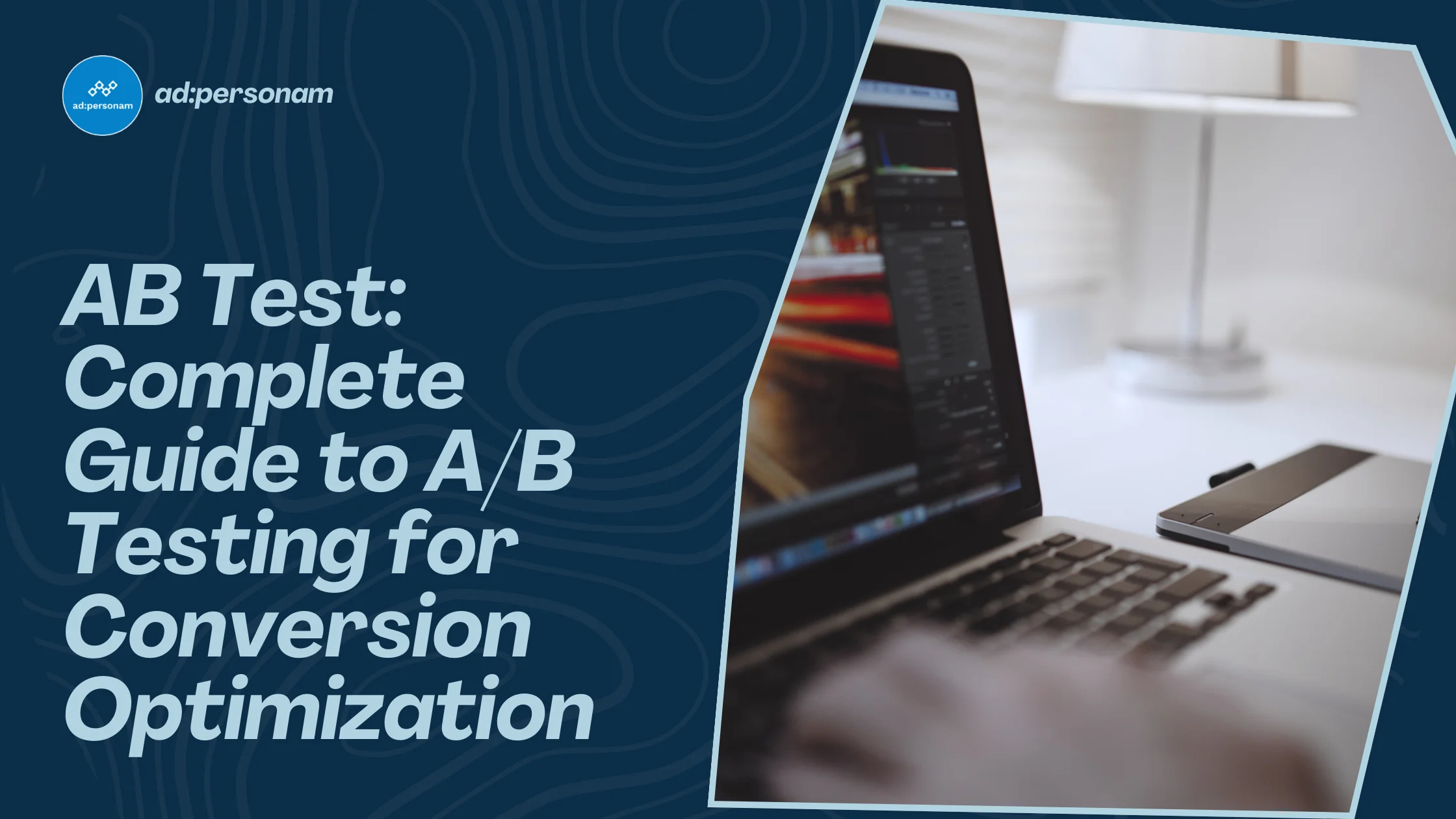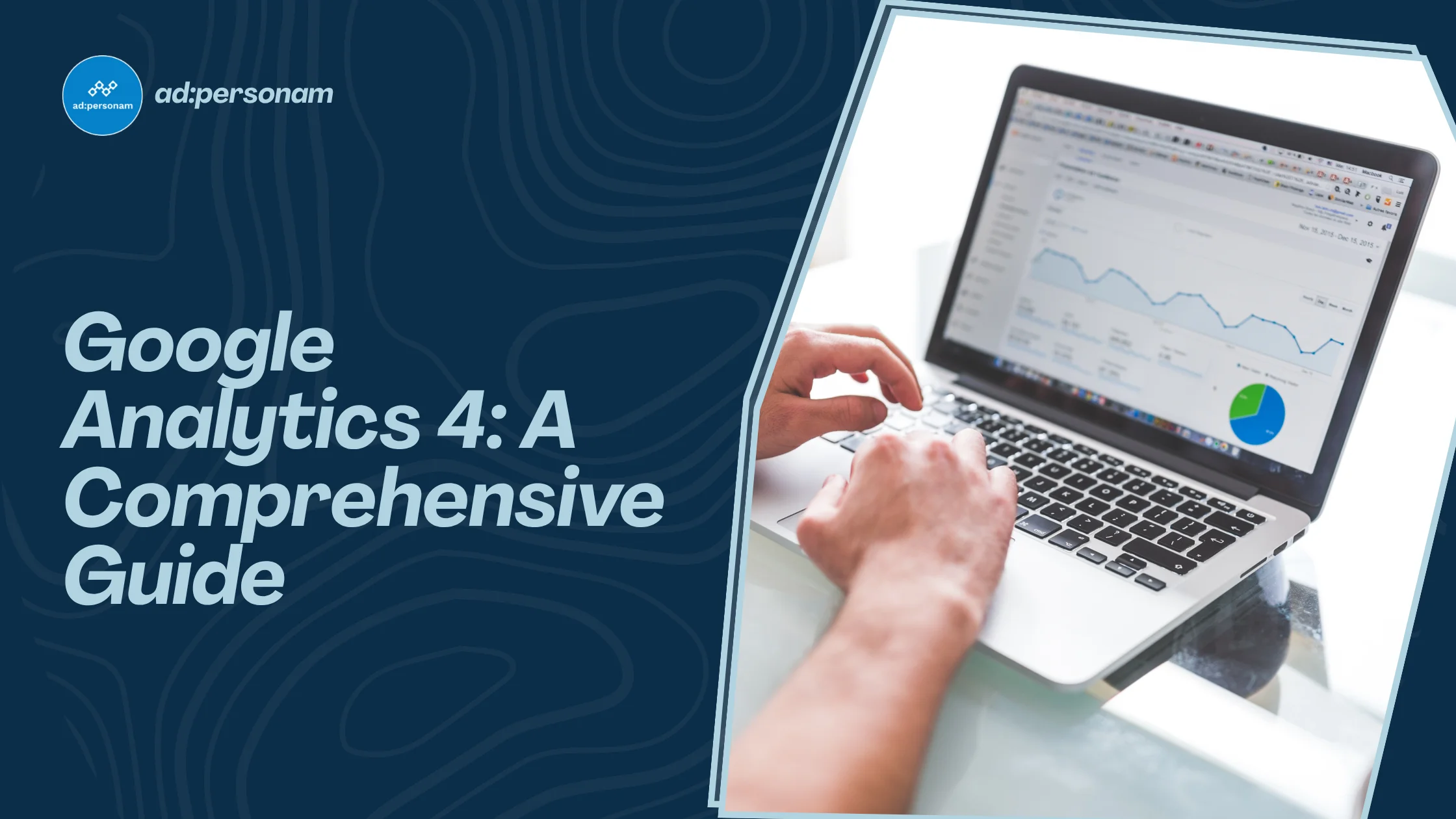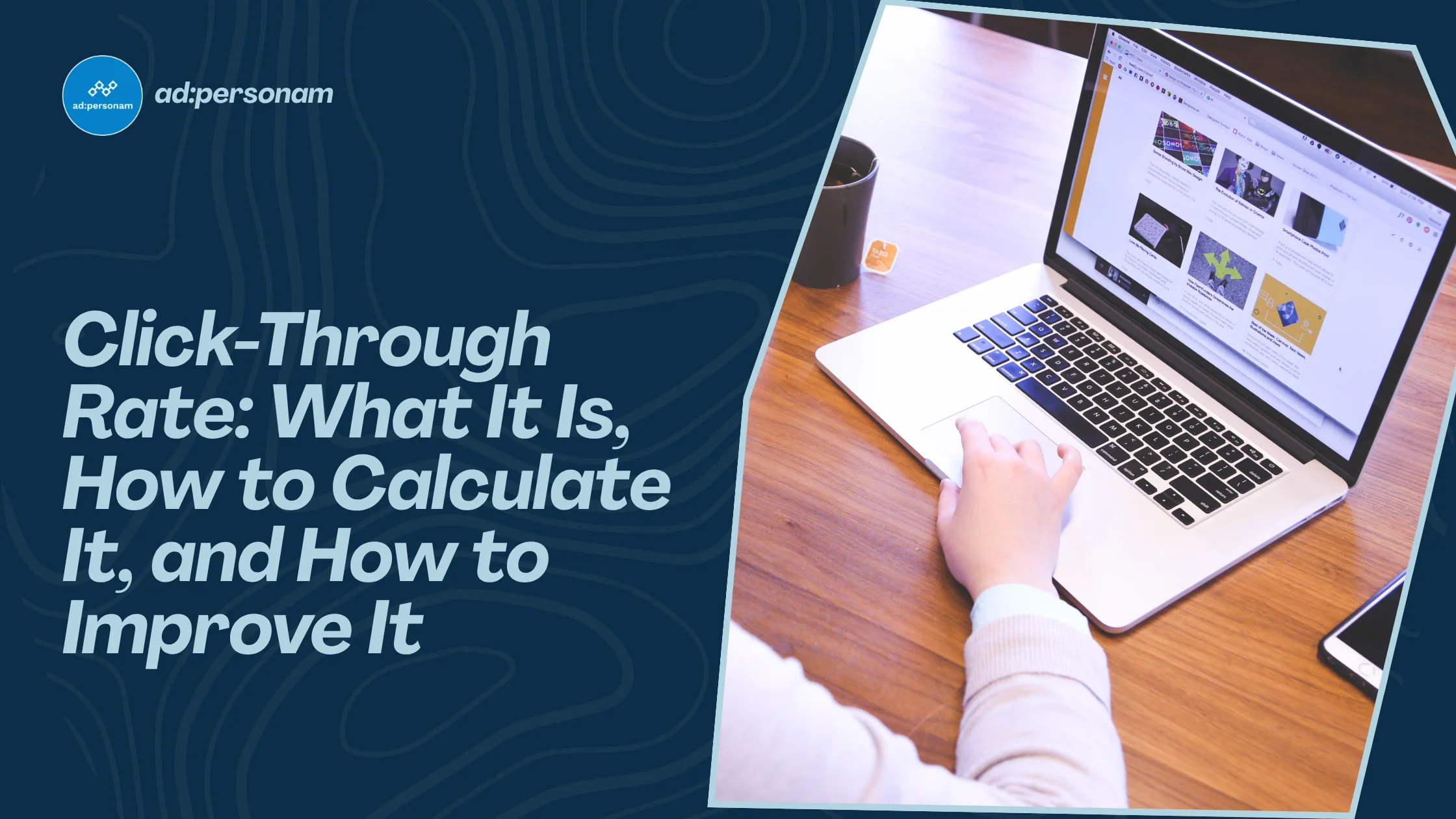AB Test: Complete Guide to A/B Testing for Conversion Optimization
Discover what A/B Tests are and how you can apply them to your online advertising campaigns with our complete dedicated guide
Contents

Data is a primary element in the advertising market, and testing before acting has become imperative. A/B Testing is one of the most effective tools for making informed decisions, optimizing digital performance, and improving user experience.
In this guide, we'll explore what an A/B test is, how it works, when to use it, and which tools help monitor and extract the most useful data.
What is an AB Test
An AB Test, or A/B Testing, is a controlled experimental method that allows you to compare two or more versions of digital content (web page, app, email, or other). This way, it's possible to identify which of the two versions performs better in terms of conversions. The goal is to make data-driven decisions rather than relying on personal opinions or intuitions. This technique is crucial for refining your online advertising strategy, progressively improving the user experience, and increasing campaign effectiveness.
For example, imagine two call-to-action buttons, one red and one green. By showing each version to half of the users and observing which gets more clicks, you can determine with certainty which color is more effective. This approach can also be applied to headlines, images, layouts, textual content, and much more.
When and Why to Do an AB Test
AB Tests find application whenever you want to improve the performance of a digital element: a landing page, an advertising creative, or a checkout process. They are particularly effective when seeking to increase conversion rates, optimize the sales funnel, reduce bounce rate, or increase campaign ROI. The most recurring situations for their application are the launch of new features, the redesign of a key page, or the introduction of a new promotional strategy. The advantage of this approach is that it allows you to make objective decisions based on real data, thus reducing risks and gaining a deeper understanding of user behavior.
How an AB Test Works
An A/B test follows a precise process.
- identifying the variable to test: this could be the color of a button, a headline, the position of a form.
- formulating a hypothesis, such as: "Changing the button color from blue to green will increase clicks".
- dividing users into a "control group" (who see the original version) and a "test group" (who view the variant).
- distributing traffic between the two groups randomly.
- monitoring the results
To obtain reliable results, it's essential to consider concepts like statistical significance, test duration, and sample size.
How to Conduct an AB Test Step by Step
The first step to launch an effective AB Test is to collect data: understand how users behave on your site or app. From there, identify a specific problem: perhaps a poorly-clicked CTA or a form with low completion rates. At this point, formulate an improvement hypothesis, establish what to test (the CTA text, color, position), and technically set up the test using a platform. After launching the test and collecting data, proceed with statistical analysis to understand if one of the two versions achieved significantly better results. If so, that becomes the new definitive version.
Factors That Influence AB Test Results
Test validity is influenced by various factors, such as seasonality, the target audience, the type of device used, browsing time, and available traffic volume. Before launching an A/B test campaign, it's therefore essential to evaluate every single aspect, segment the audience, and find the formula that can concentrate all the most effective information to obtain valuable data.
Useful Tools for A/B Testing
Among the most used tools for A/B Testing are Optimizely, very powerful and suitable for large companies, VWO, versatile and comprehensive, and Adobe Target, designed for integration with the Adobe ecosystem. You can also consult analysis software like Google Analytics, Hotjar, particularly suitable for heat maps, and Looker Studio, which allows effective visualization of results.
Practical Examples of AB Tests
AB Test on Textual Content
Testing headlines, call-to-actions, or descriptive texts can make a big difference. Changing a simple "Buy now" to "Discover the offer" could increase the click-through rate or time spent on the page.
AB Test on Design Elements
Elements like colors, page layout, or typography can profoundly influence user perception. For example, a single-column layout might be more effective than a two-column one on mobile devices.
AB Test on Audiovisual Elements
An autoplay video can attract more attention than a static image, but it could also increase bounce rate if perceived as intrusive. The video length or its position on the page are also interesting variables to test.
AB Test on Products and Pricing
Changing the price (e.g., $9.99 vs $10), offering product bundles, or simply moving the position of offers are interventions that can affect purchase rate or average order value.
Metrics to Analyze in an AB Test
Among the main metrics to observe are the conversion rate, bounce rate, average order value (AOV), time on page, and CTR. Some metrics are primary, directly linked to the test objective, while others are secondary and help better interpret the context. When analyzing, it's important to consider statistical significance, that is, whether that data is actually the result of a specific target preference or due to chance, and avoid Type I errors (false positives) or Type II errors (false negatives).
Difference Between AB Test and Multivariate Tests
An AB Test compares two different versions of a single element at a time. A Multivariate Test, instead, simultaneously tests multiple variables and their combinations. While AB Testing is simpler to manage and requires less traffic, multivariate testing allows for more in-depth analysis, but only if you have significant traffic volume.
Want to test the effectiveness of your campaigns simply and efficiently? Discover ad:personam, the platform designed for managing online advertising campaigns based on real data.
Common Mistakes to Avoid in A/B Tests
One of the most frequent mistakes is testing too many variables simultaneously, making it difficult to understand what really influenced the results. Also, stopping the test too early or working on a sample that's too small can compromise the reliability of conclusions. Another risk is neglecting segmentation: what works for one audience doesn't necessarily work for another. To avoid errors, it's better to test one variable at a time, carefully estimate timeframes and samples, and always analyze data in a segmented way.
The Importance of AB Tests in Continuous Optimization Process
A/B Testing is a fundamental tool for those working in Conversion Rate Optimization (CRO). The true value of this practice lies in its iterative nature: test, learn, improve, and start again. Each experiment provides new insights for optimizing user experience, advertising campaigns, or digital products. Data collected through A/B tests can be shared with marketing, UX, and product development teams, contributing to an integrated, evidence-driven strategy.
AB Test FAQ
What is an A/B Test?
An A/B test is an experimental methodology that compares two versions of a digital element to determine which achieves better performance. In programmatic advertising, platforms like ad:personam apply this technique to optimize campaigns, automatically testing ad variants and audiences thanks to artificial intelligence.
What is A/B Testing in Email Marketing?
It's a practice that consists of creating multiple versions of the same email by modifying one or more elements (such as subject line, CTA, or layout) to test which achieves better results. Ad:personam applies the same logic to programmatic advertising, testing creative variables to maximize performance.
What are the Most Used Software for A/B Testing?
Among the best known are Optimizely, VWO, and Adobe Target. Those working with programmatic advertising, DSP platforms like ad:personam however have integrated A/B testing, with advanced functionalities to test creatives, targets, and formats automatically and optimally.
In conclusion, if you want to improve your advertising campaigns, try integrating some A/B Tests into your ads.
Sign up for ad:personam and discover all the features to increase your campaign conversions!
You might also like

Google Analytics 4: Complete Setup, GDPR Compliance & Migration Guide
Master GA4 with event-based tracking, GDPR compliance, and Universal Analytics migration. Optimize programmatic campaigns with data-driven insights.

Third-Party Cookies: Complete Guide for Digital Marketing
Learn what third-party cookies are, how they work, GDPR compliance requirements, and cookieless alternatives for digital marketing success.

Click Through Rate (CTR): What It Is, How to Calculate and Improve It
Discover what click through rate is, how it's calculated, and why it's crucial for your programmatic marketing campaigns